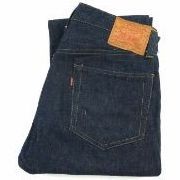-
hello 2025!
supertalk is free to browse as a guest. You need to be a member to participate in discussions or buy and sell on the classifieds.
Classifieds listings are now free for members.
supertalk is now upgraded to //// supertalk 8 ////
______________________________________
Current new membership is $US 12 ONE TIME FEE. NO RENEWAL FEE.
______________________________________
You can also become a premium superseller or supermember. Businesses who want to promote their brand and products need to become a supersponsor. superfuture® is privately owned and has been online continuously for 26 years. supertalk has been online for 21 years and is a digital cockroach that will survive all current and future apocalypses.
-
Similar Content
-
- 36 replies
- 7061 views
-
- 16 replies
- 4703 views
-
Hand-Dyed Natural Garments Collaboration | Lichen Goods x Tempo Design Store
By headoffice,
- slowfashion
- handmade
- (and 6 more)
- 0 replies
- 2330 views
-
- 0 replies
- 3046 views
-
- 0 comments
-
-
Top 10 Active Viewed Topics
-
- 24430 replies
- 6936845 views
-
- 26784 replies
- 6448486 views
-
- 24769 replies
- 4782967 views
-
- 23108 replies
- 3898908 views
-
- 14065 replies
- 3744568 views
-
- 10651 replies
- 3301891 views
-
- 21292 replies
- 3133233 views
-
- 13320 replies
- 2968916 views
-
- 11653 replies
- 2726177 views
-
- 8534 replies
- 2645723 views
-











Recommended Posts
Join the conversation
You can post now and register later. If you have an account, sign in now to post with your account.